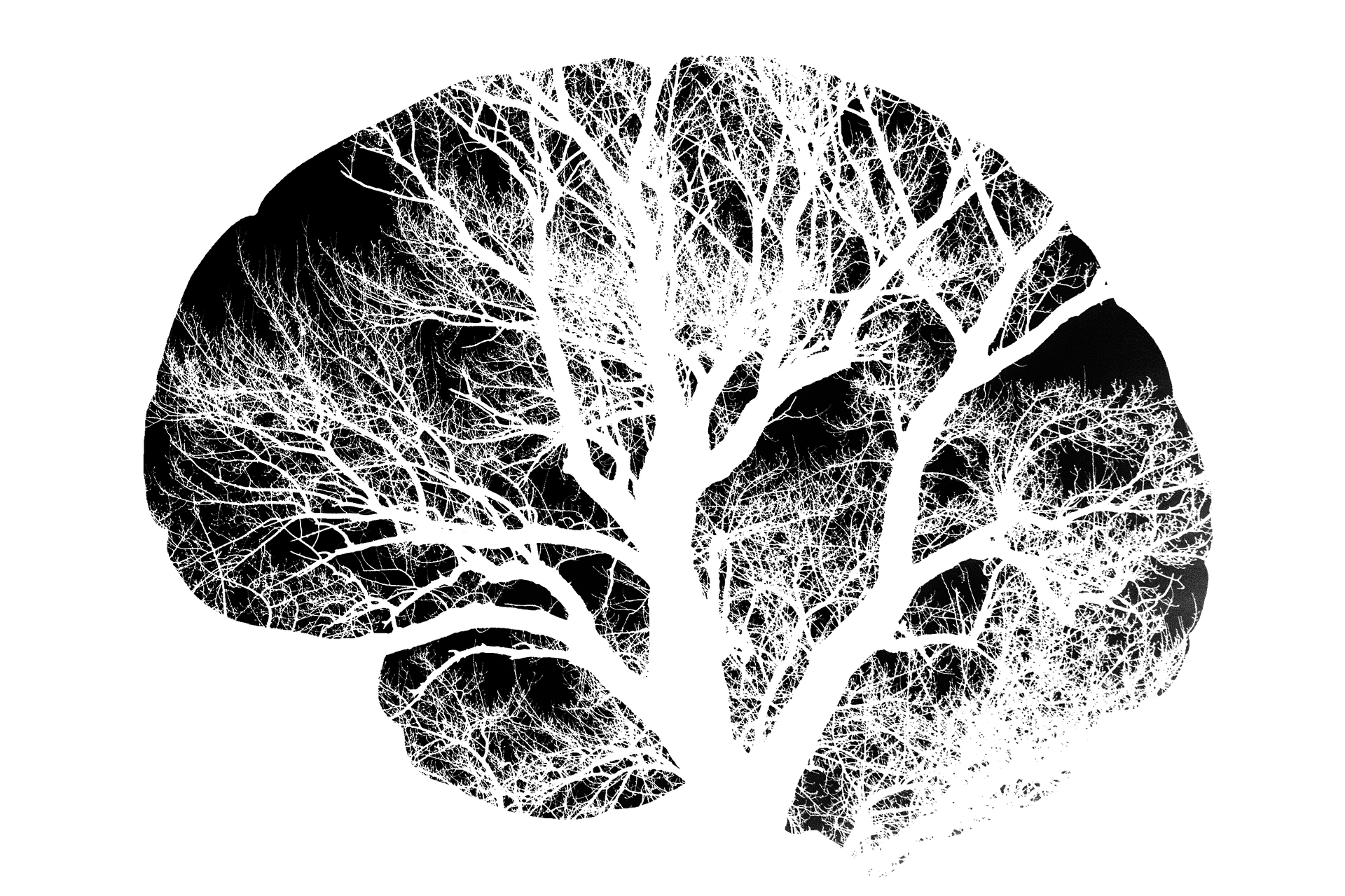The Brain Glymphatic System – A Beginner’s Guide
Neurochem Res. 2015 Dec; 40(12): 2583–2599.
Abstract
The glymphatic system is a recently discovered macroscopic waste clearance system that utilizes a unique system of perivascular channels, formed by astroglial cells, to promote efficient elimination of soluble proteins and metabolites from the central nervous system. Besides waste elimination, the glymphatic system may also function to help distribute non-waste compounds, such as glucose, lipids, amino acids, and neurotransmitters related to volume transmission, in the brain. Intriguingly, the glymphatic system functions mainly during sleep and is largely disengaged during wakefulness. The biological need for sleep across all species may, therefore, reflect that the brain must enter a state of activity that enables elimination of potentially neurotoxic waste products, including β-amyloid. Since the concept of the glymphatic system is relatively new, we will here review its basic structural elements, organization, regulation, and functions. We will also discuss recent studies indicating that glymphatic function is suppressed in various diseases and that failure of glymphatic function, in turn, might contribute to pathology in neurodegenerative disorders, traumatic brain injury and stroke. Read more…



